Voyager 1 Makes Miraculous Full Recovery
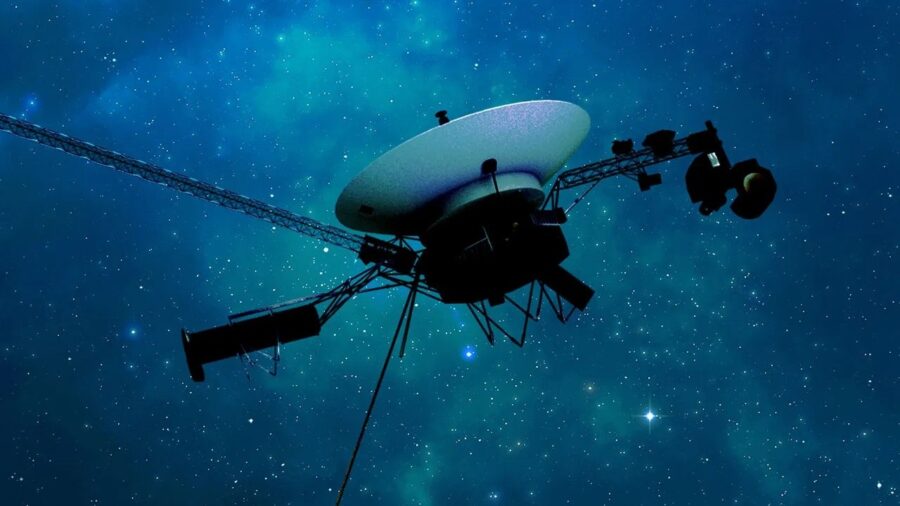
NASA first launched the iconic Voyager 1 space probe into orbit back in September 1977, with the intention of studying the outer stretches of the solar system. For decades, the probe has provided a number of incredible scientific discoveries, up until it ceased to function due to technical problems in November 2023. Now, according to the latest reports from NASA, the Voyager 1 is back in action, and transmitting new data from all four of its instruments.
Historic Probes
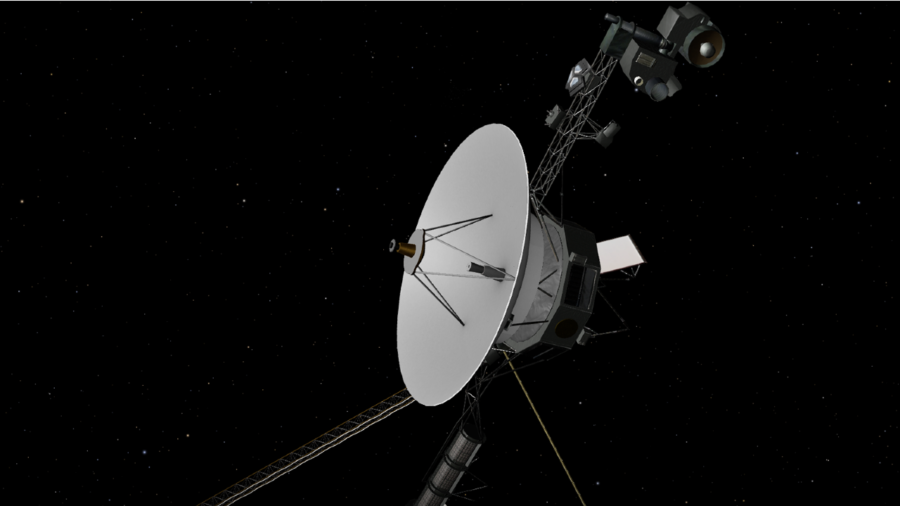
Voyager 1 was launched into interstellar space along with its sister spacecraft, the Voyager 2, in order to collect and transmit information regarding deep-space data such as particles, magnetic fields, and waves from the edges of our solar system.
The two probes were the first man-made objects to ever reach the outer boundaries of the sun’s heliosphere, making them invaluable assets for understanding the data surrounding interstellar travel.
We’ve Been Concerned
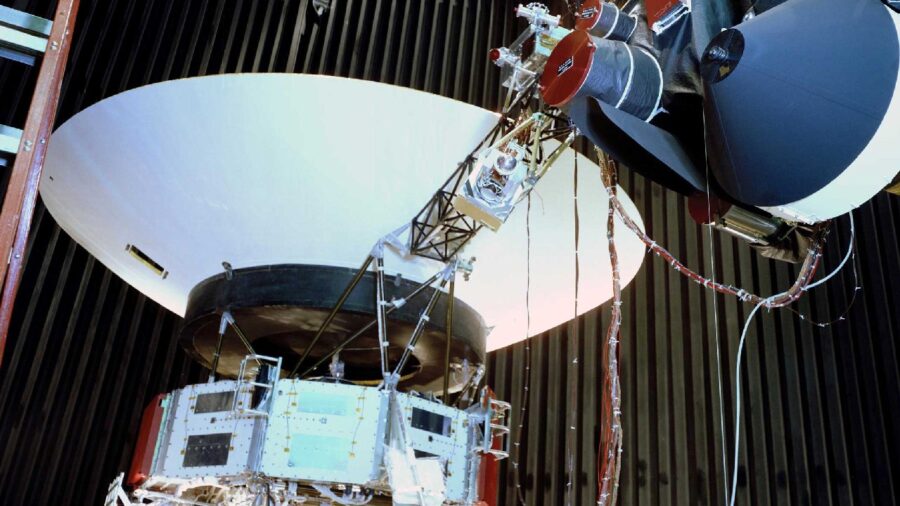
While the Voyager 1 generally operates using simple gravity and its own thrusters, NASA scientists hav utilized trajectory correction maneuvers a few times to keep the device from straying off path or encountering danger, including a few incidents in 1980 and 2017.
Having been away from the surface of Earth for over 40 years, scientists have long feared that the device’s days are numbered, and have opted to alternate between the four instruments rather than utilize them all at once, in order to save on energy drainage.
Problems Began
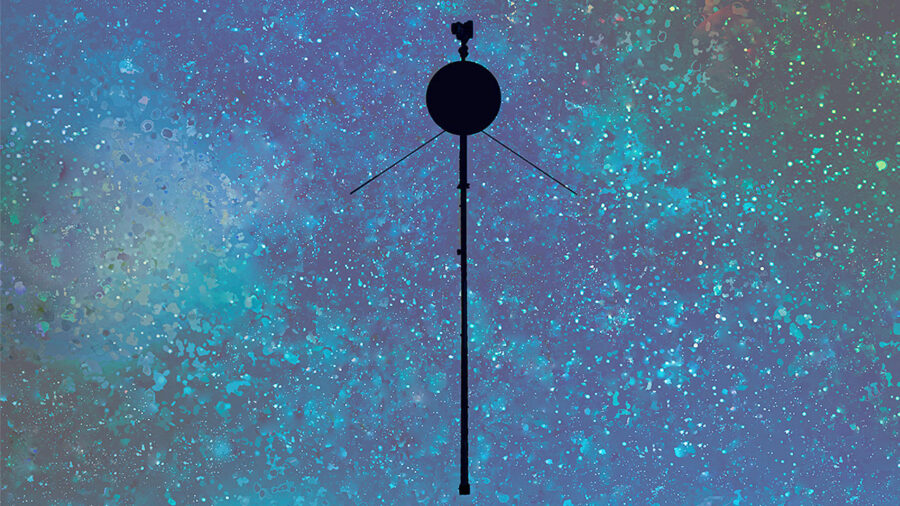
Even with this diligent operating procedure, NASA researchers began to see problems with Voyager 1 as early as May 2022, when the probe began transmitting very bizarre telemetric data.
Believing that the data was wholly invalid, the scientific community quickly began to make peace with the fact that their decades-long experiment had finally run its course. This was all but confirmed in November of 2023 when Voyager 1’s data began transmitting in wholly unreadable blocks.
Early Attempts
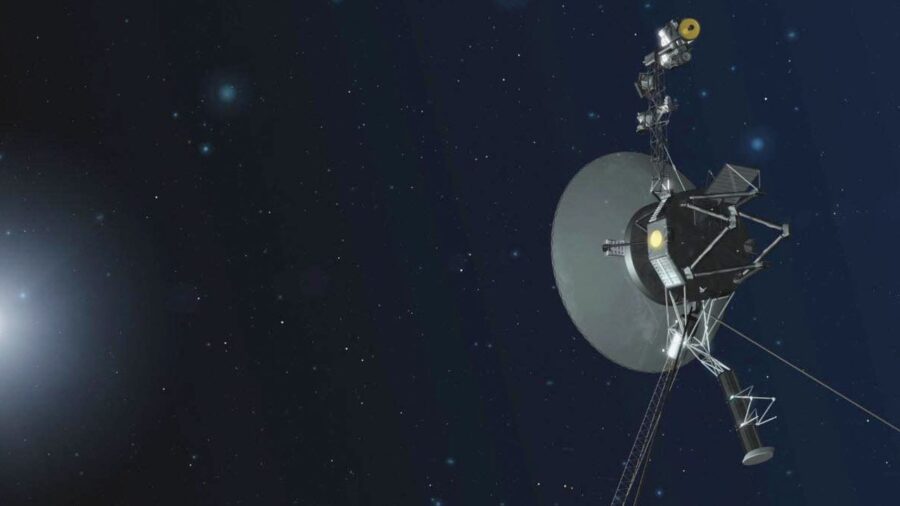
While many assumed that it was time to scrap the Voyager project entirely at that point, some NASA engineers remained steel in their resolve, and continued tinkering with the probe remotely as we reached the Spring of 2024.
During an April study of the Voyager 1’s memory banks, researchers concluded that the system had likely been fried after being hit with too many high-energy particles. Scientists rebooted the probe’s computers numerous times, making no progress until they discovered that there was a way to update Voyager 1’s memory remotely, by deleting portions of data that focussed on unusable criteria.
A Marvel Of Modern Science
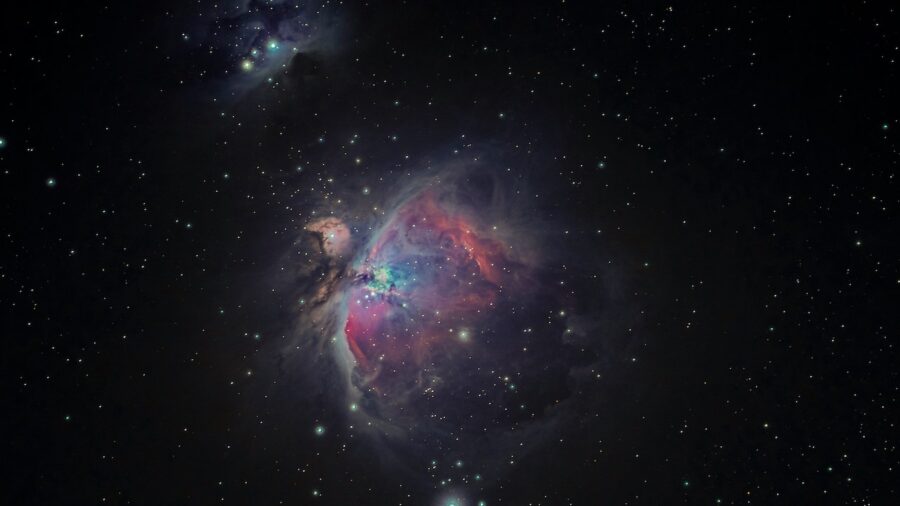
Essentially, this meant eliminating the craft’s ability to transmit data from Jupiter, which is already too far in the Voyager 1’s rear view at this point to even matter. With the software update booted up, the Voyager 1 is officially back in action, and may see another few decades before encountering further issues.
As of June 13, all four instruments of Voyager 1 are operating as normal, and transmitting data back to our leading scientists on Earth as though nothing ever disrupted them in the first place.
The Voyager 1 probe is a marvel of modern science, and a testament to humanity’s ability to explore the universe like no other creatures before. As the Voyager probes continue transmitting data from the edge of the sun’s heliosphere, there’s no telling what we might learn next.
Source: NASA











